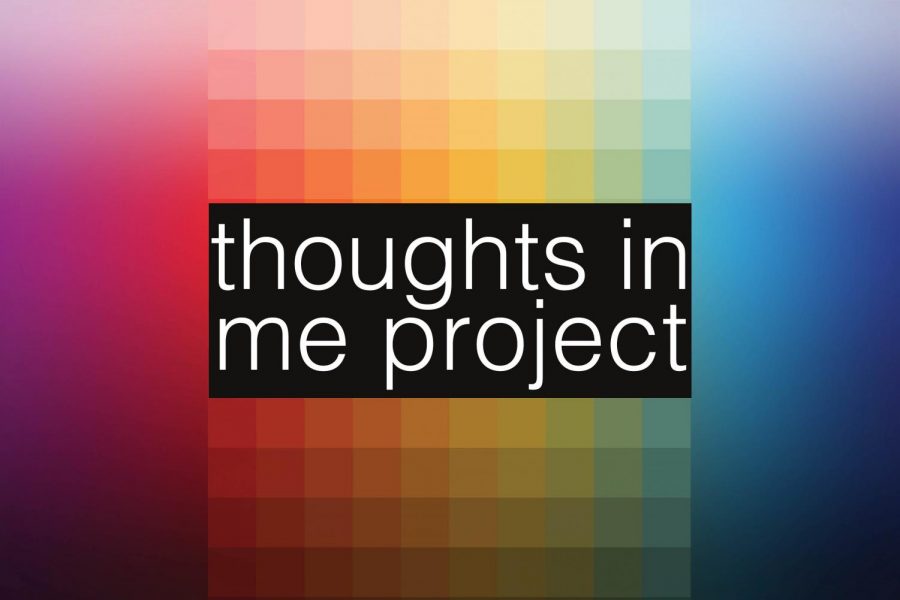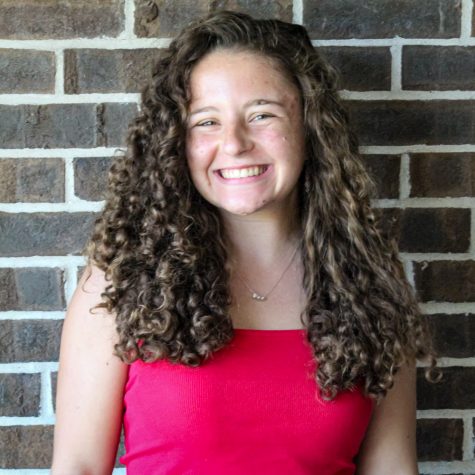Senior art show blends artificial intelligence with human emotion
Sep 28, 2020
Studying at the Alexander Calder Fine Arts Center to earn his Bachelor of Fine Arts in Sculpture, Grand Valley State University student Ryan Hafer’s senior show sprung into full-time production in March and has not stopped since.
The project, entitled “Thoughts in Me,” began with his desire to create “something unique on a curiously different level” for the show. Within the project, Hafer experiments with how well artificial intelligence can comprehend human thoughts and emotions.
The process begins on the website Hafer designed and hired a contractor to program, www.thoughtsin.me.
Here, the site asks the participant if they would like to share a thought of no more than 170 characters. Once they do, they must choose from one of six emotions they feel this thought conveys, those being: fear, anger, disgust, happiness, sadness or surprise.
The participant can also choose if they wish to include the location they are sharing the thought from or remain anonymous.
Once the participant submits their response, it is sent to the IBM Watson Studio where artificial intelligence analyzes the thought using sophisticated natural language processing and understanding techniques. It determines if the wording has positive or negative emotion and sentiment, and uses that in order to come up with whichever one of the emotions the artificial intelligence believes the thought is portraying.
The participant is then shown the emotion the artificial intelligence has pegged their thought to be representative of. Following this comes a presentation of all of the different thoughts sent in from across the country, along with what the artificial intelligence believes they represent.
The website will continue to collect these thoughts until mid-November when the senior show is scheduled to take place.
But, the project does not stop there. Hafer said he hopes to add a physical element to the show as well, including a sculpture with six screens for people to look at while viewing the project in its entirety.
The creation of this show did not come easily for Hafer. He said he found himself having to do a lot of research before he could make his design a reality.
“It took a lot of connecting the dots, figuring out what spreads go where,” Hafer said. “I read several articles on artificial intelligence and I purged into Google and YouTube looking into the experience of what could actually happen with this kind of project. It captivated me.”
Hafer said this project truly defines the meaning of “the more the merrier,” when it comes to participation. He hopes many will participate and, with that, that they will be excited by what artificial intelligence can and cannot do.
“I hope they see how different their emotion could be compared to what artificial intelligence says it is because it can definitely be more different than you expect,” said Hafer.
Hafer said he is passionate about the project because of its individuality.
“I love this project because in the art world it’s something that is actually, strikingly, a little bit different,” Hafer said. “It sets the pace for the future of artwork.”
























